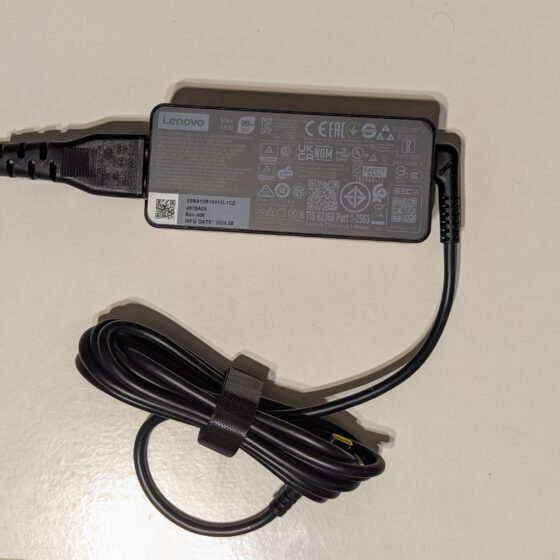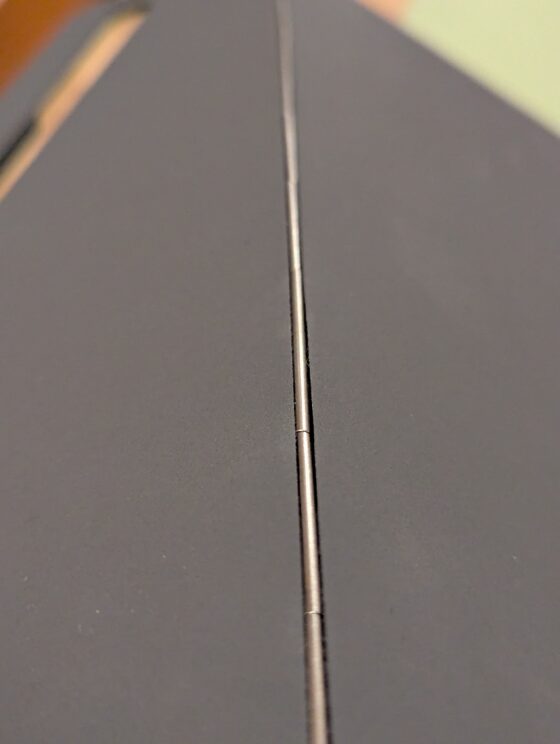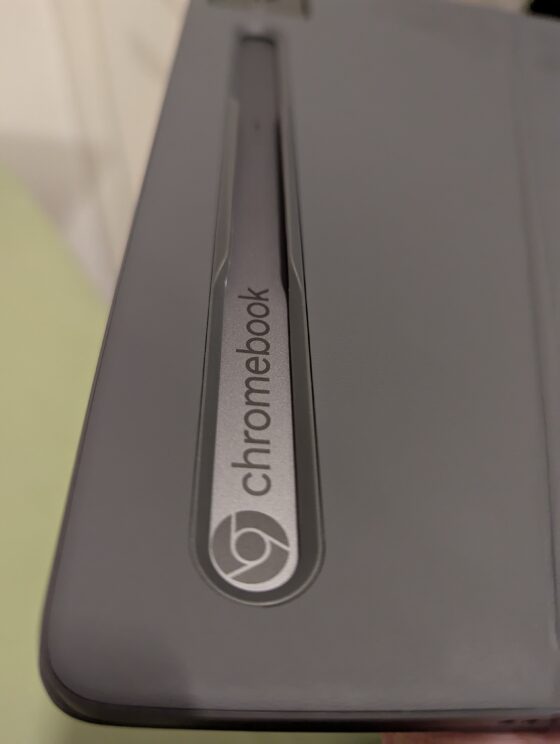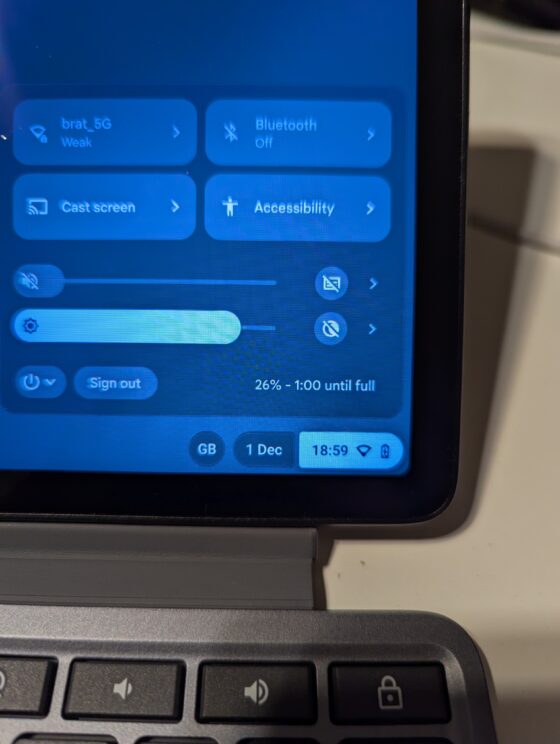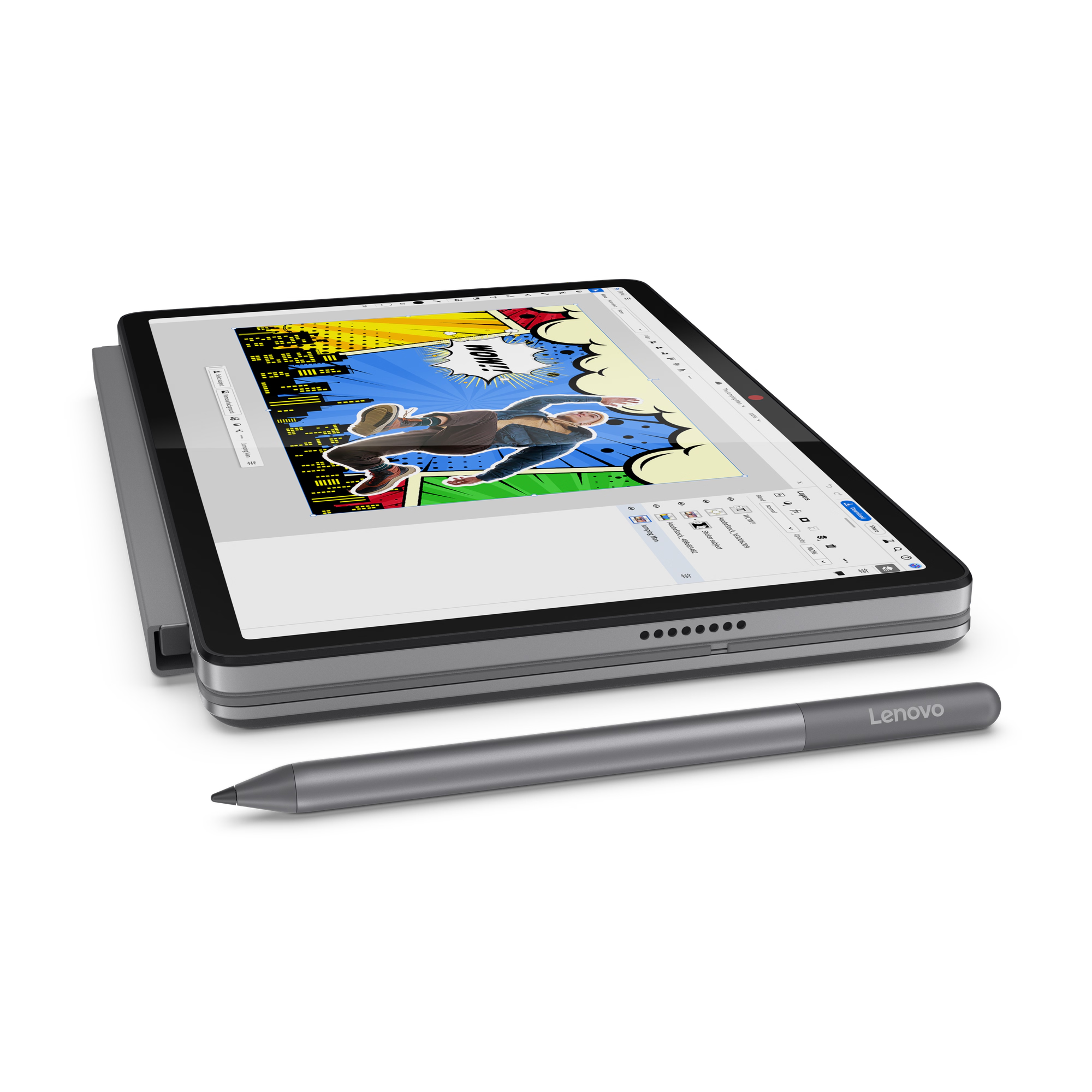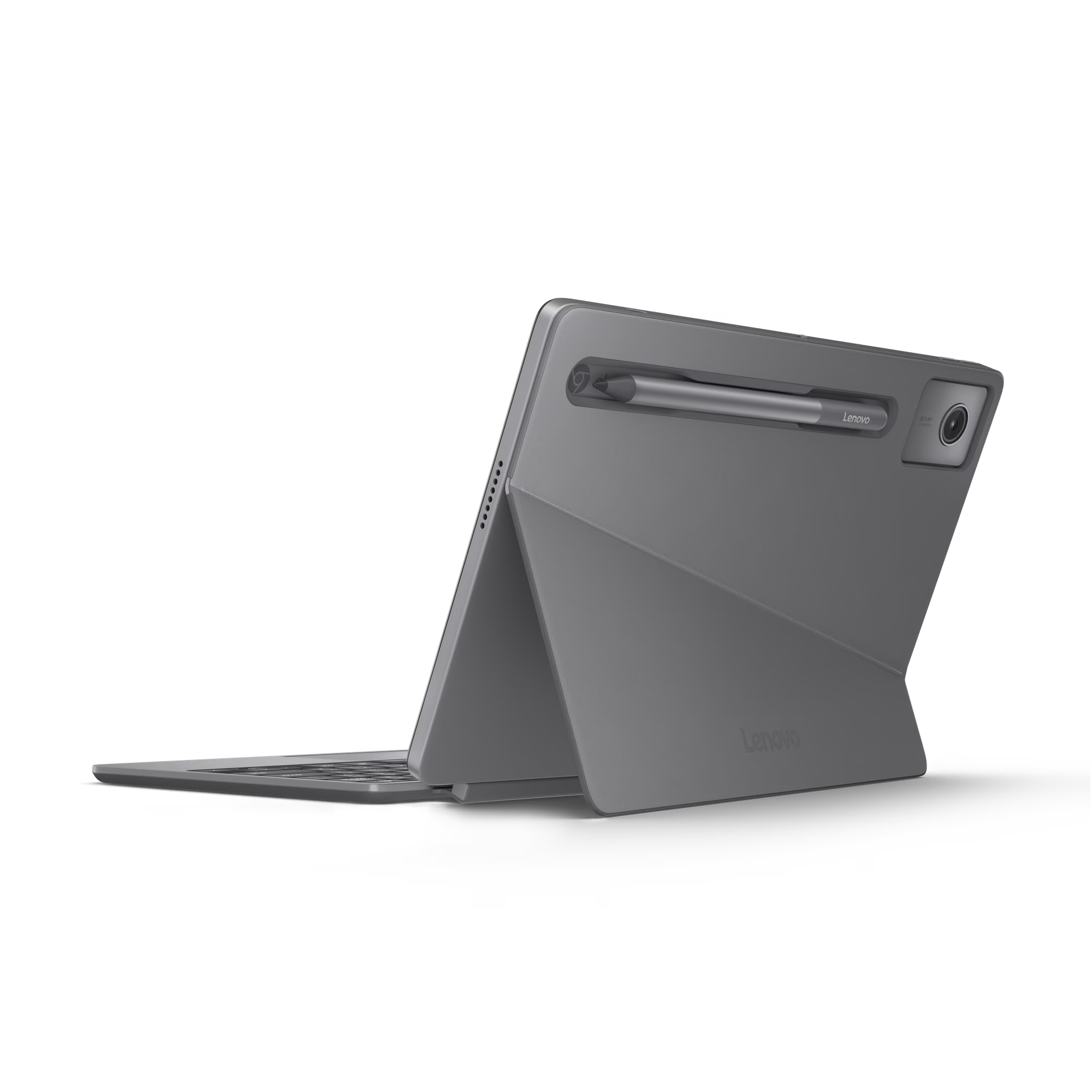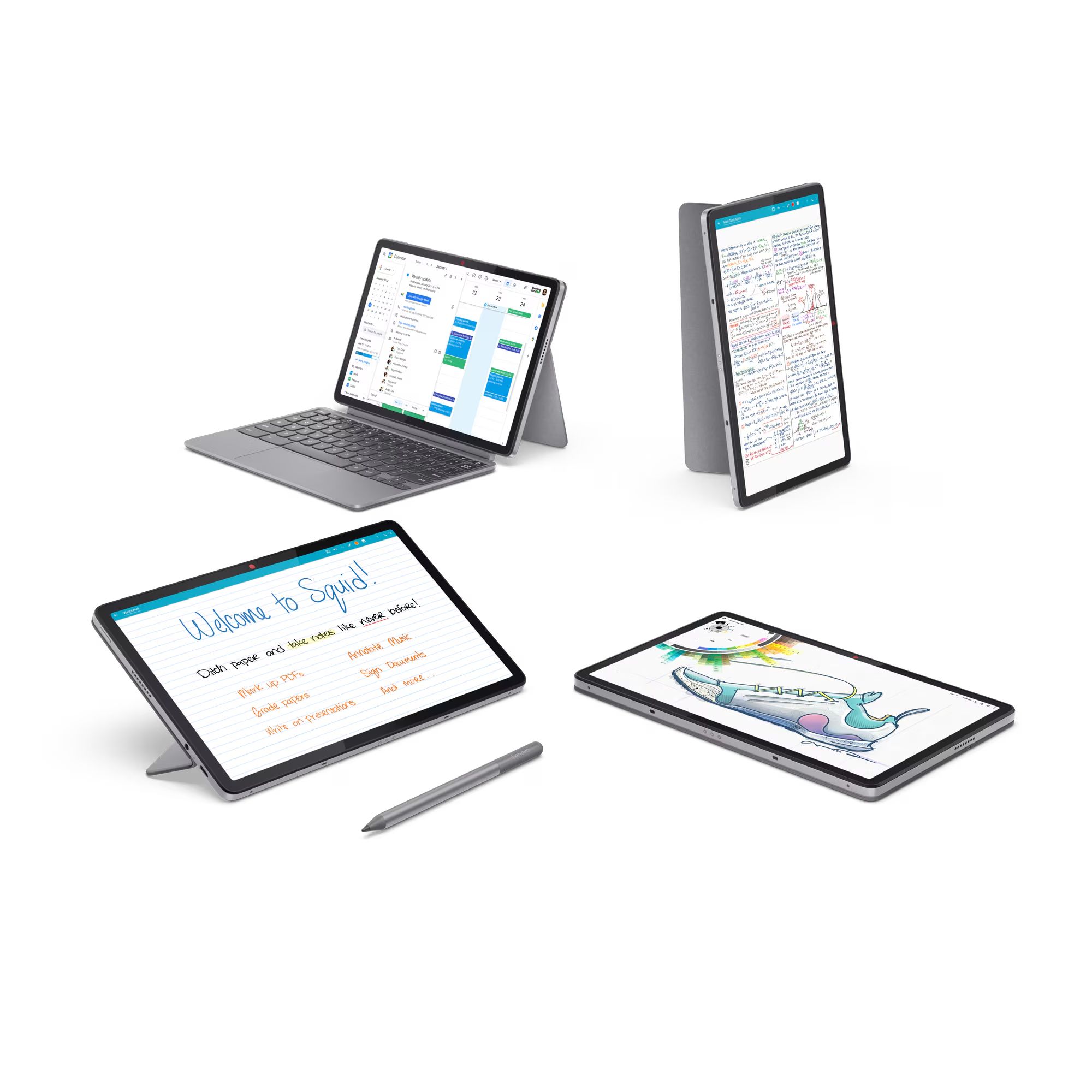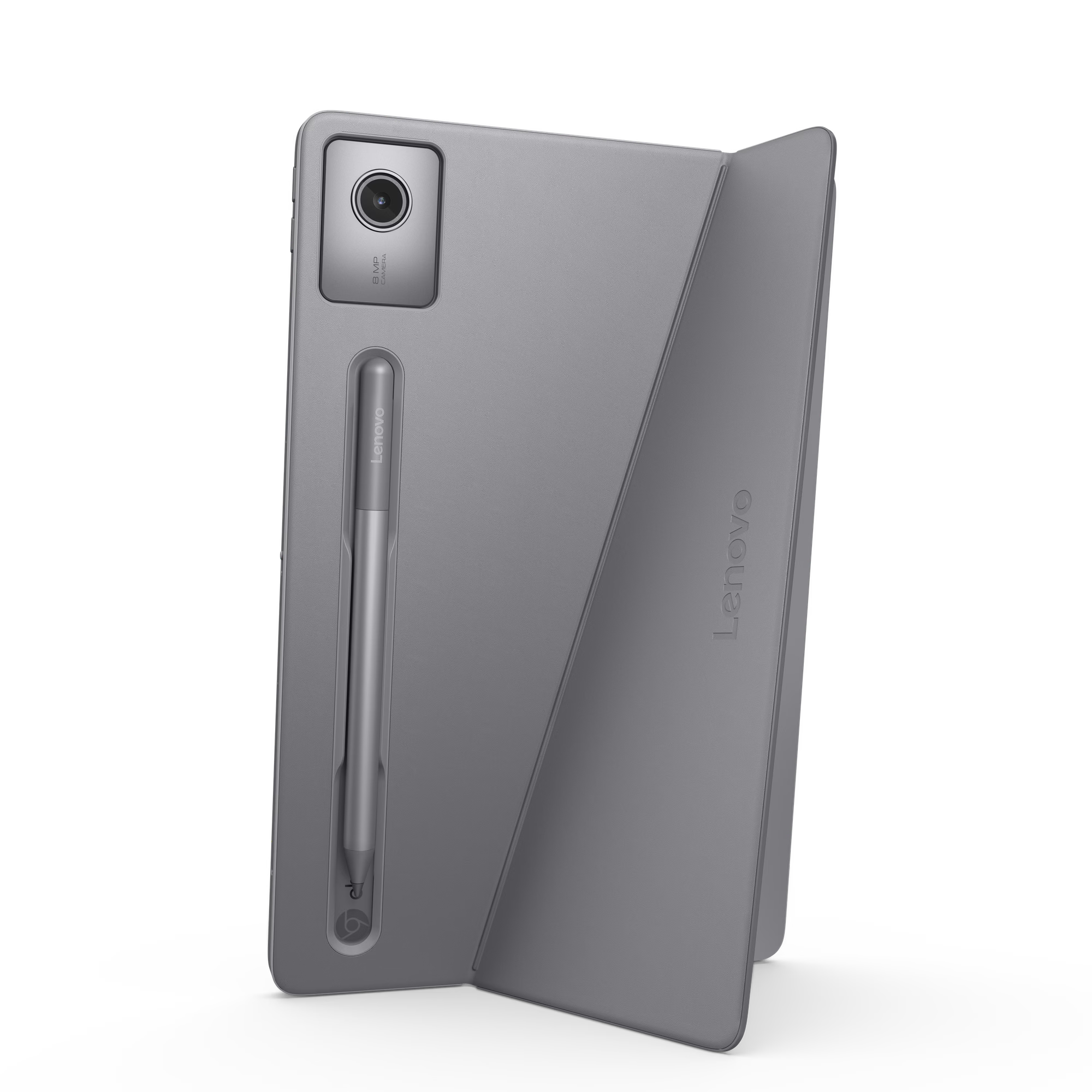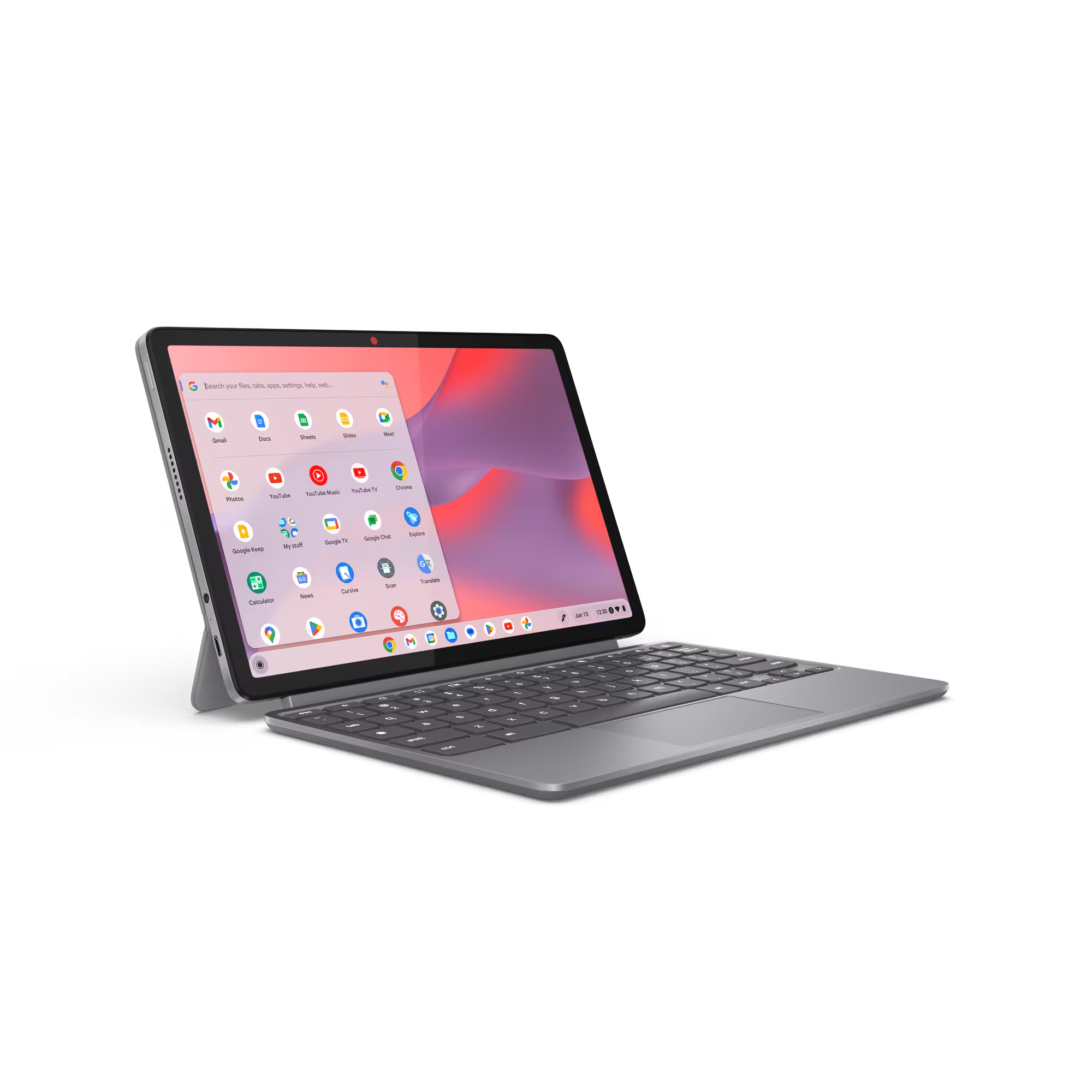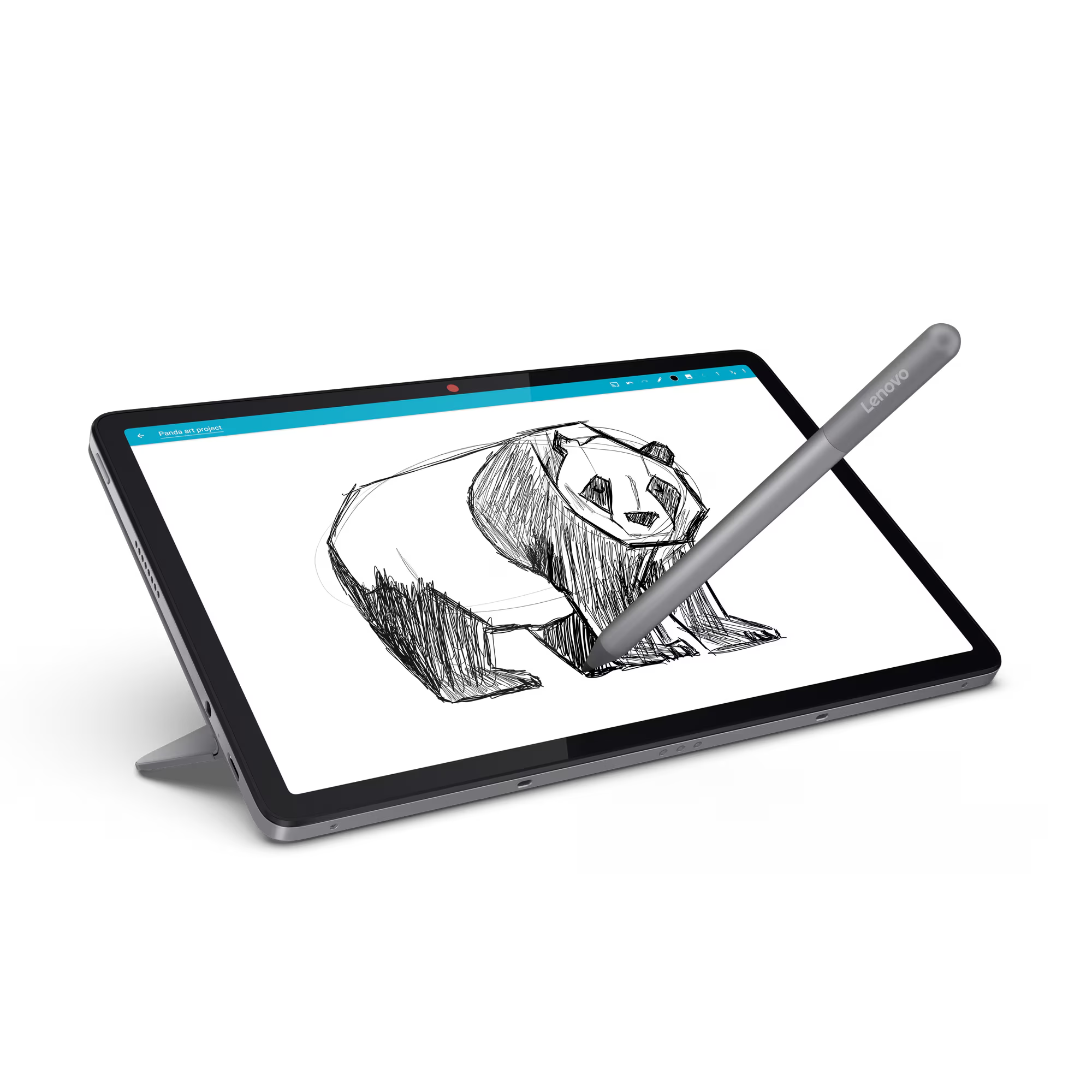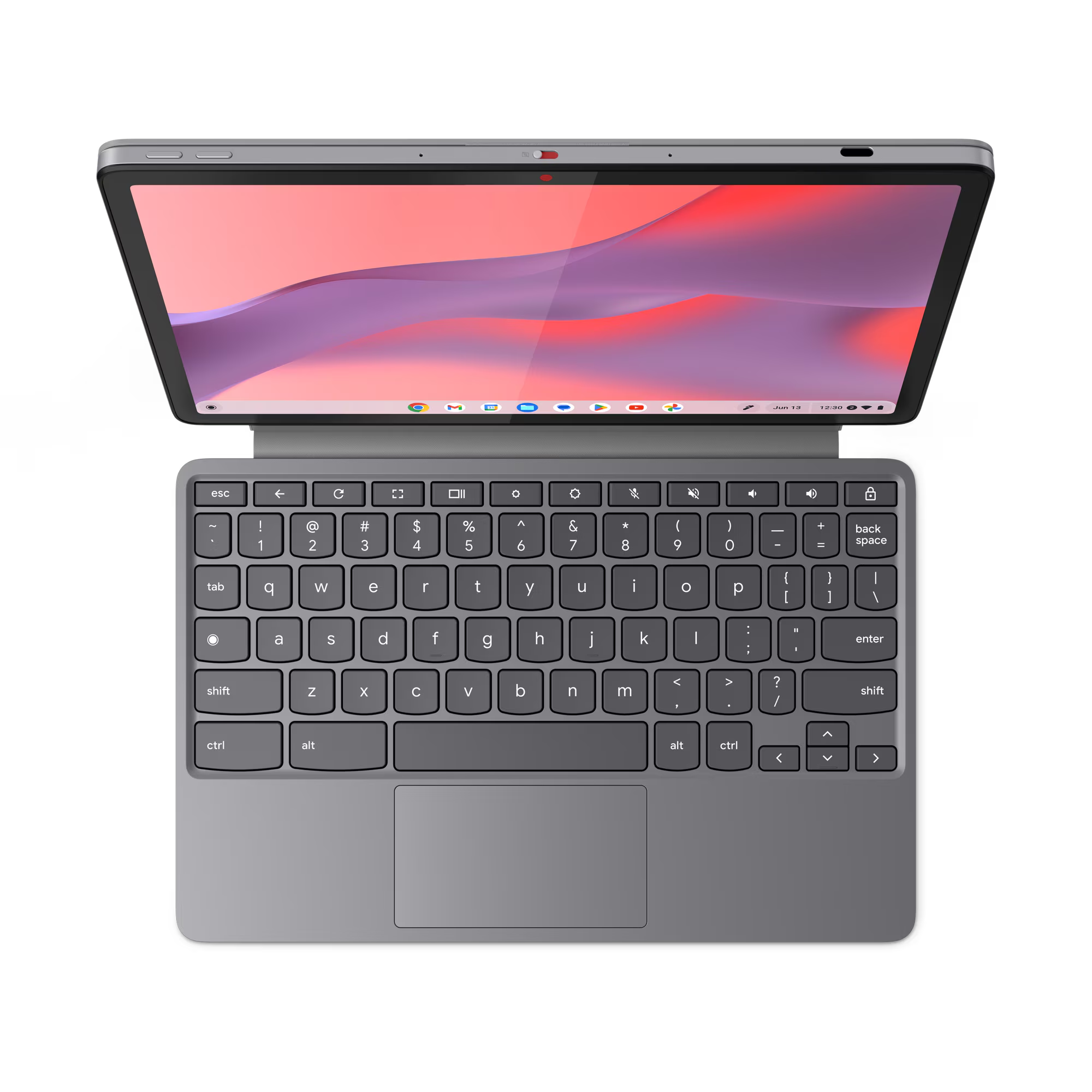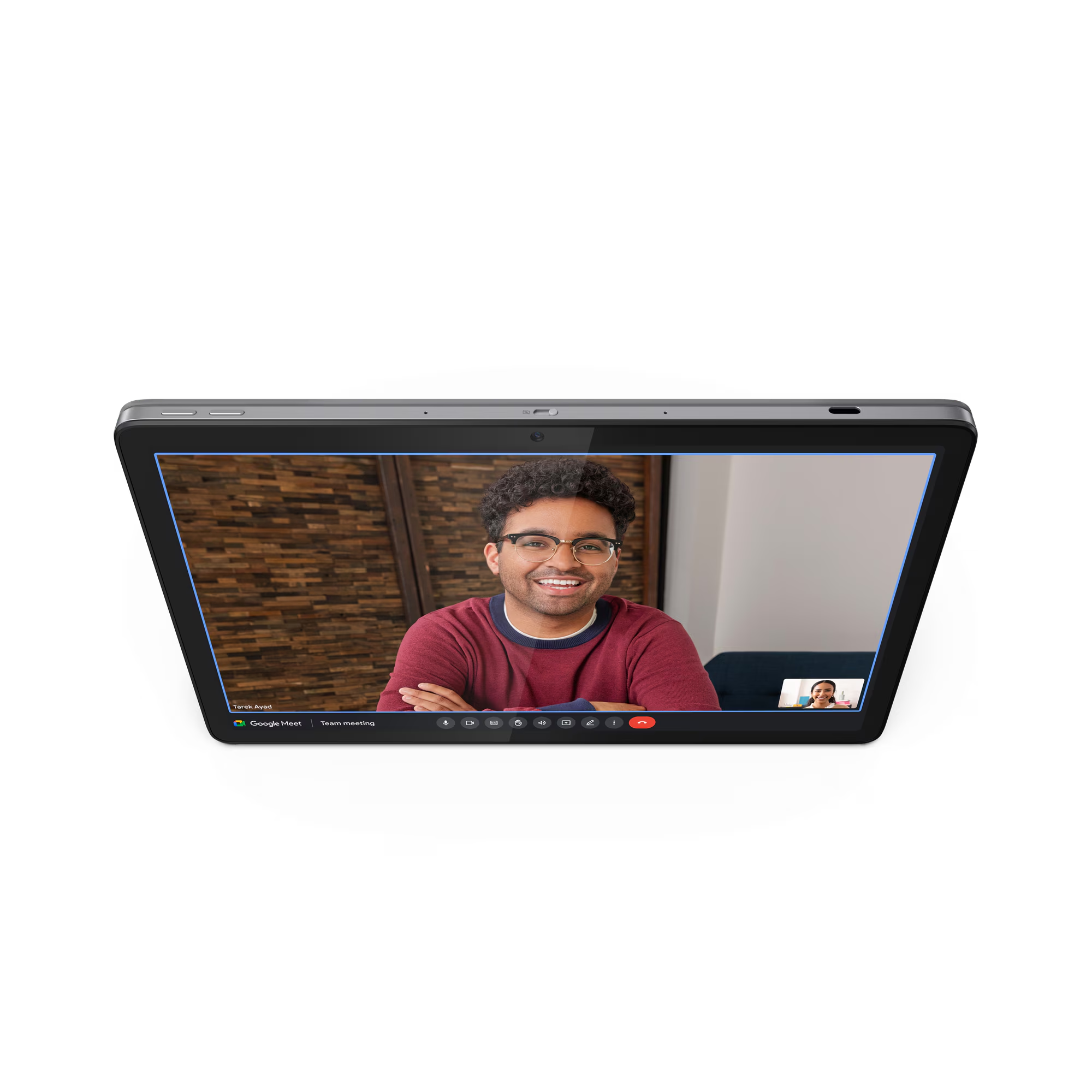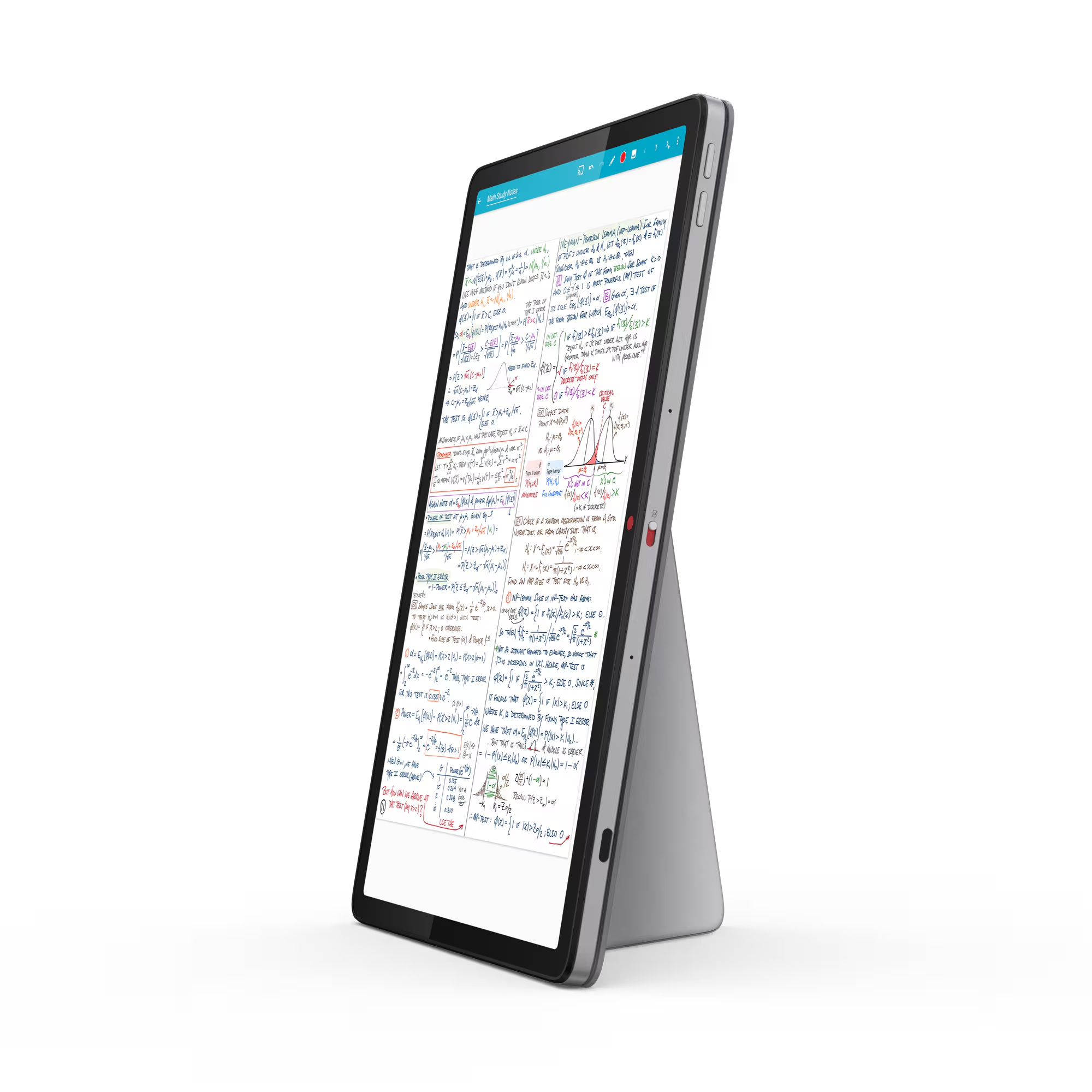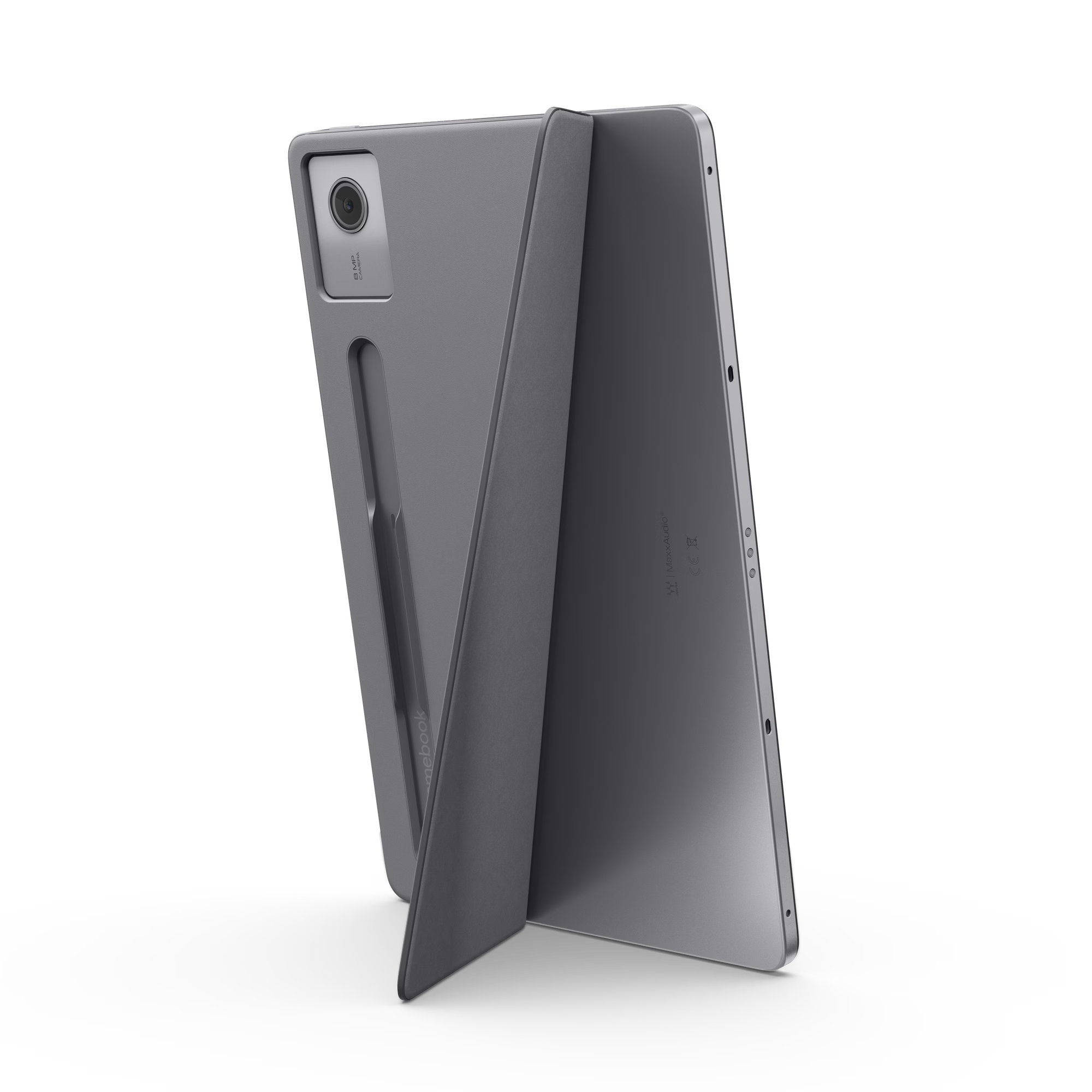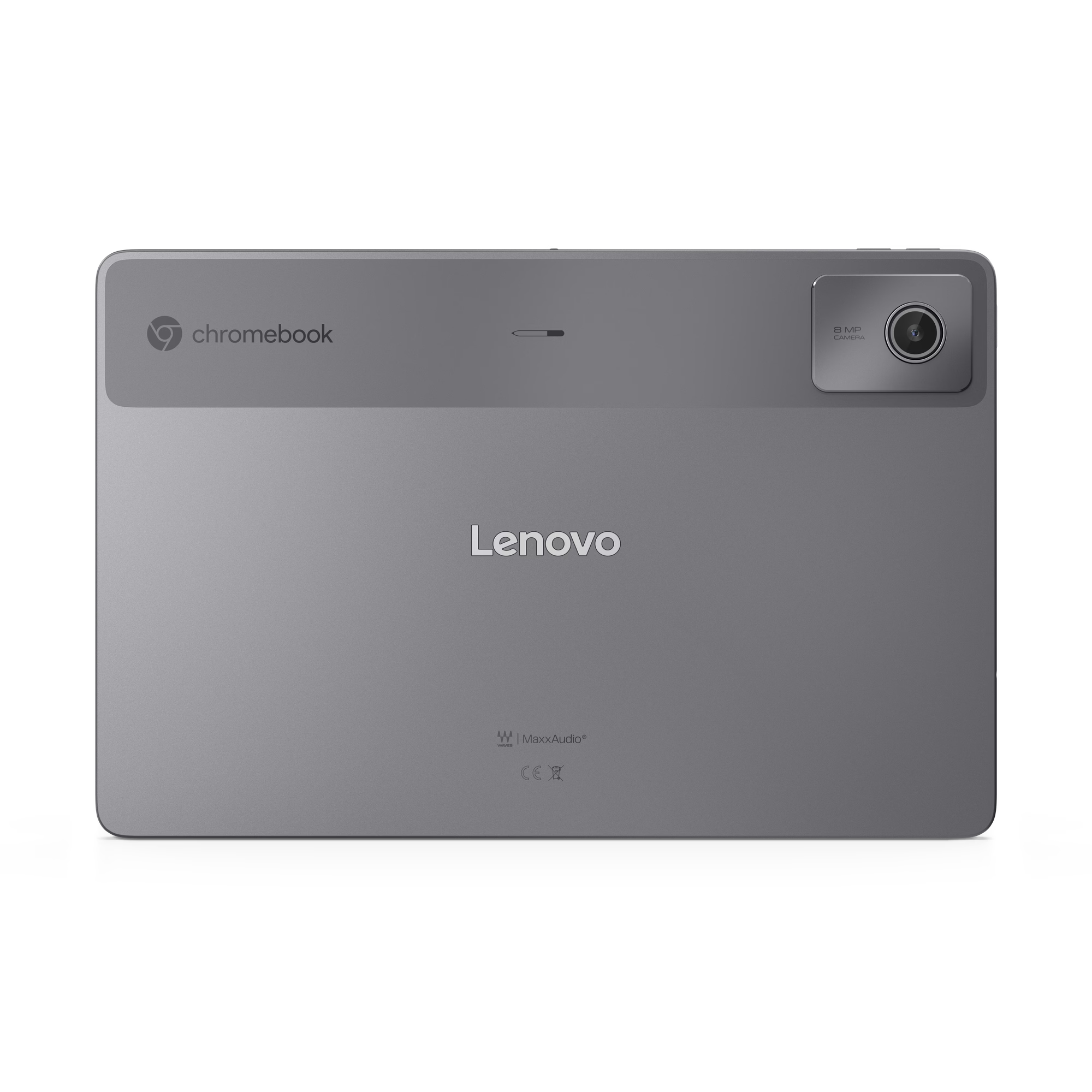The 2022 Lenovo Duet 3 with the Snapdragon 7c processor was a great Ultra-Mobile PC, but the Lenovo Duet 11 / Gen 9 2024, running on a Mediated Kompanio 838 is here, and it’s better. Here’s my full and detailed personal review, with no ads! You should find everything you need here. If not, ask in the comments.
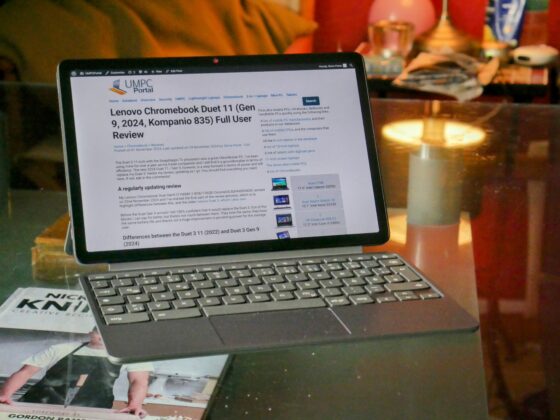
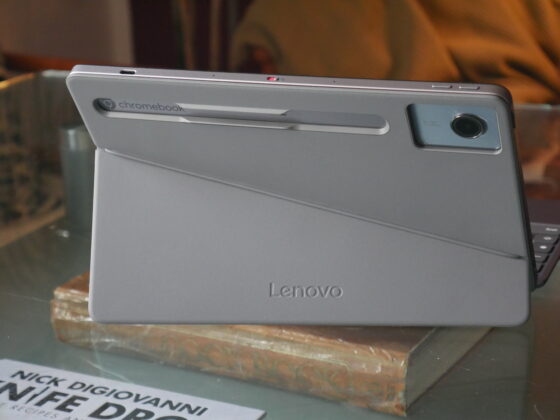
A summary of the Lenovo Duet 11 Gen 9
The Gen 9 is a 2024 update of the very popular 11-inch 2-in-1 low-cost and lightweight Chromebook. It runs on an ARM-architecture (as did the previous version) rather than the Intel or AMD processors you normally find in PCs and many Chromebooks. The processor is from Mediatek, is part of the Kompanio series, and was launched earlier in 2024. It’s incredibly efficient and has 10+ hours of browsing capability.
More on battery life below.
It’s powerful enough. Speedometer 3 reports 5.87, which is about a quarter of the speed of office desktop, but fast enough that it’s not going to hold the average user back. I’ve tested that in 2 days of office work and can confirm it.
At under 1KG it is light. It’s a really great little ultra mobile Chromebook.
If you haven’t checked into Chromebooks for a few years, you need to know that ChromeOS has evolved well. The UI works well on a touchscreen. The OS also supports many (not all) Android apps and has a Linux subsystem. You’re going to need 8GB of RAM and 128 GB of storage.to get the best out of a Chromebook though. Stay away from the 4GB version.
There’s a good quality, bright screen (1920 x 1200) and the detachable keyboard is good enough to type on for extended periods. USB PD charging, a reasonable webcam and mics.
The bad? There isn’t much wrong with it if you’re OK with ChromeOS / Android / Linux.
Before the Duet Gen 9 arrived I felt 100% confident that it would replace the older Duet 3 that I use. it does, but there’s not much between them. It’s still one of th most efficient, portable and productive devices you can get at this price but please make sure you get the 8GB RAM version.
If you’re using an 8GB version of the 2022 Duet 11, the upgrade isn’t going to impress you. If you’re using a 4 GB Duet 11, like I was, the 8 GB version that I have here is a clear upgrade. Go for it!
April 2025 update
I’m four months into ownership now and am still happy with this little gem. Battery life is holding up well and there have been no problems to report.
ChromeOS v134 is running now but there have been no changes to the fact that the Gemini mobile app wont run because of a dependancy on the Google app, which is not available to install. “Help me write” is also still unavailable.
A regularly updating review
My Lenovo Chromebook Duet Gen9 (11M889 2 8GB/128GB ChromeOS 83HH000NGE) arrived on 22nd November 2024 and the review process is continuous.
Differences between the Duet 3 (Snapdragon, 2022) and Duet 11 Gen 9 (Kompanio, 2024)
- Price €399 (Germany.) Discounts have been seen for €299. (Germany, 8GB model.)
- The screen has a different, warmer colour temperature and can be reduced down to much lower brightness. I feel that the max brightness is a little less than the older model.
- The touchpad has a much better click feedback.
- The speakers are much louder.
- The Gen 9 is more responsive and starts up more quickly, by about 2 seconds.
- The rear camera is a huge module and seems quite exposed through the case cutout.
- The plastic case is certainly not as stylish but it turns out to be quite practical.
- Battery life is slightly shorter. Initial tests indicate about 10% more power is needed for many tasks. (Idle, streaming and video playback tests completed.)
- The 45W charger is a large, two-piece adaptor with a thick three-pole mains plug. I don’t like it. A 30W PD charger worked so there are cheap alternatives.
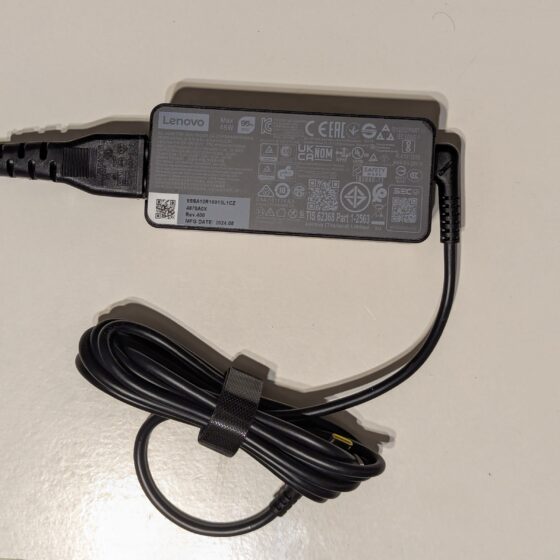
- Adaptive battery charging is available. (The device tries to keep the charge at about 80%)
- Physical privacy shutter on the front camera.
- USB port positioning has changed. One has been moved to the top (side in portrait mode).
- Simple, no-marketing brown box which is similar to bulk or educational packaging I’ve seen in the past.
- The keyboards are not interchangeable between the Gen 9 and the previous model. (Only three pogo pins on the new model.)
- 3.5mm headset port included (no USB C DAC included)
- No pen included in this DE model.
- No “Help me write” option (a Chromebook Plus feature) despite the built-in NPU
- Tablet weight is 14gm less than the old model.
My expectations were that the improved processor, the MediaTek Kompanio 838, was going to be a significant improvement, especially when combined with the 8GB LPDDR4x-3733 RAM. It was always clear that the 8GB version of the Duet 3 was a much better choice for productivity. My first tests show better responsiveness but mediocre improvement in browser performance. The first Jetstream 2 test result was just over 20% better which, for two years of development, is disappointing.
The stand
One of the biggest changes, functionally and aesthetically, is the stand. I find it good. Others don’t.
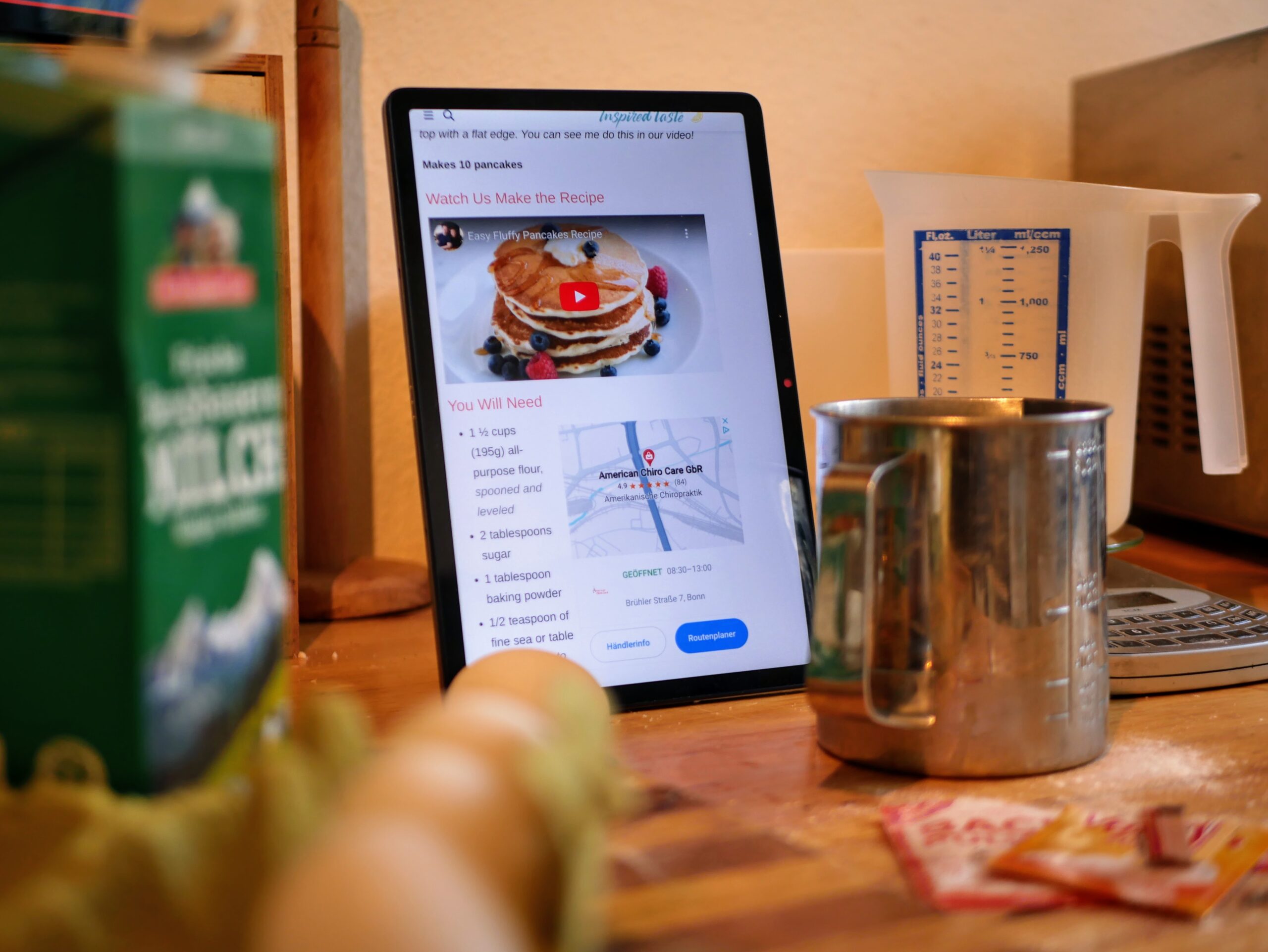
The finish, a pleather-like material feels good and will clean easily. Maybe it doesn’t look as nice as the fabric material used on the previous model but I believe the material will stand the test of time. Of course I will update you, in time.
The dual-function stand enables a new mode. The image above isn’t a set up. The pancakes were fantastic and it it truly is useful to have a portrait mode stand. I haven’t experienced any issues in landscape / laptop mode either.
The mechanical hinge looks vulnerable, I admit. I said that about a Surface Pro 3 many years ago though and it was still fine after 5 years. Again, I will update if I see any problems but for the time being, it’s ok.
The big hole for the camera. Meh! That’s ugly. As is the pen holder. This is clearly an educational market feature that doesn’t help styling.
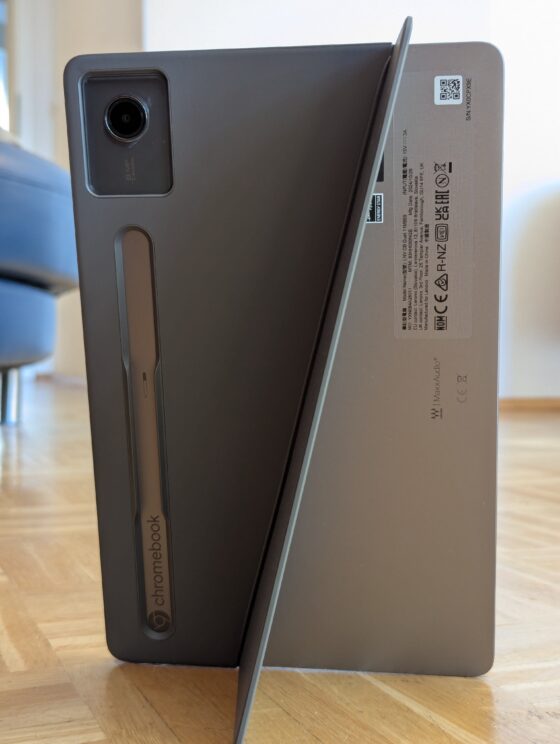
Camera
I was genuinely excited about the 8mp rear cam but first tests prove that this is a basic fixed-focus camera with few settings and generally low quality. Low-light performance is really disappointing and it comes nowhere near a 3 year old Pixel 6. More test results are coming but here are some initial pics.
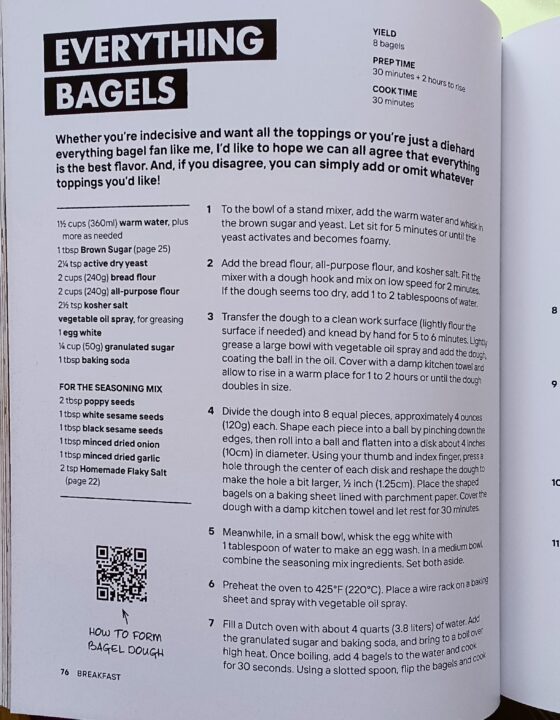
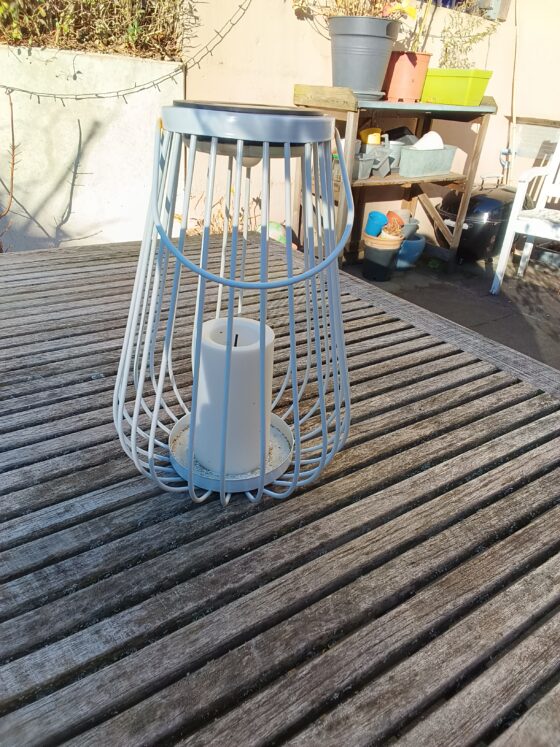
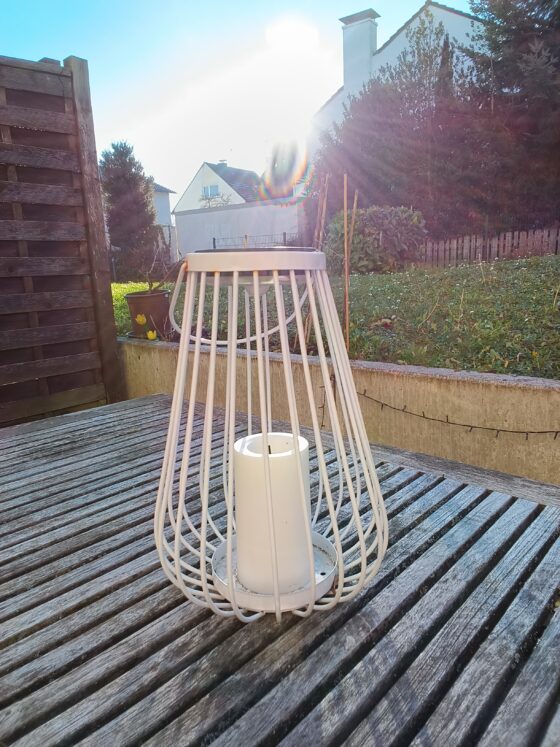
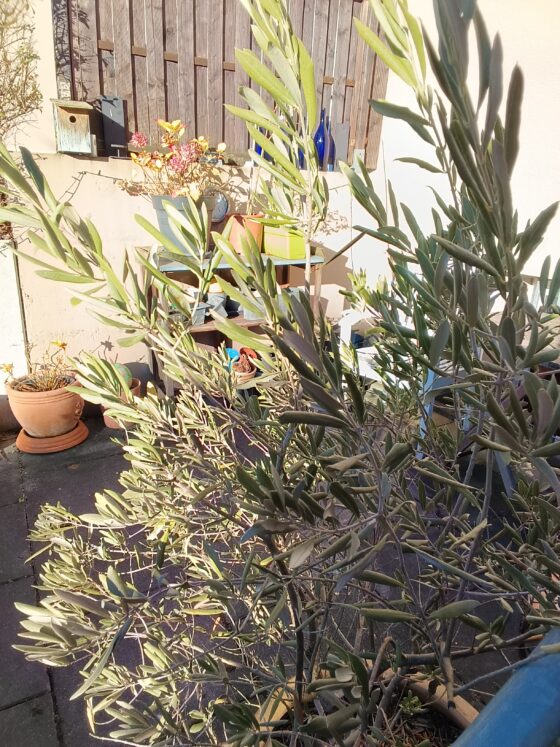
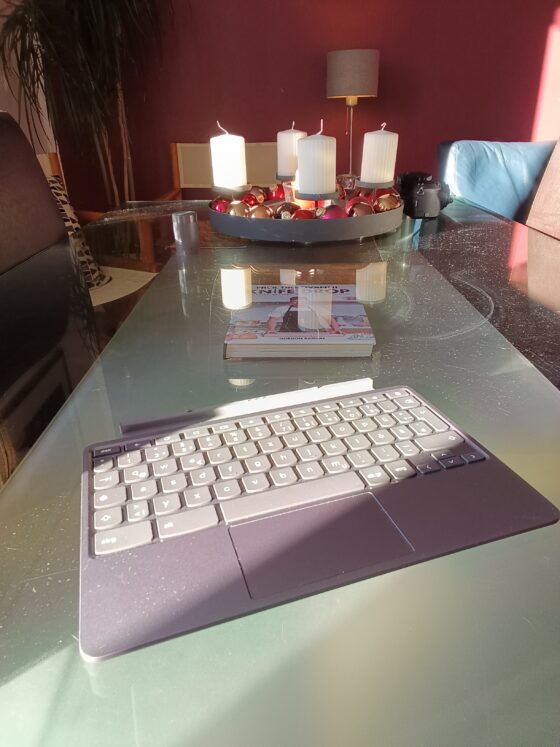
The camera is targeted at document scanning and will show live text recognition that can be copied out of the app.
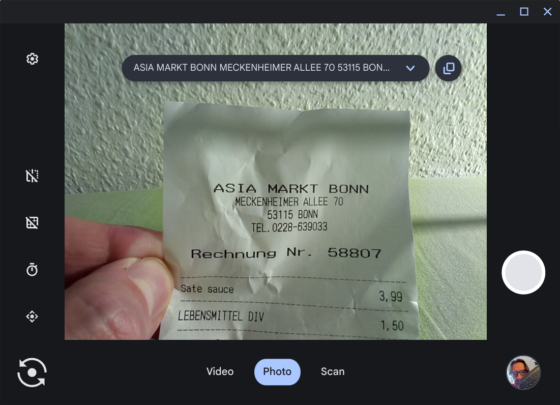
The Google Camera app crashes. Only the built-in camera app works
The 5mp front cam performed well in a Google Meet test.
Here’s a local recording of the front camera.
The camera privacy shutter is not electronic:
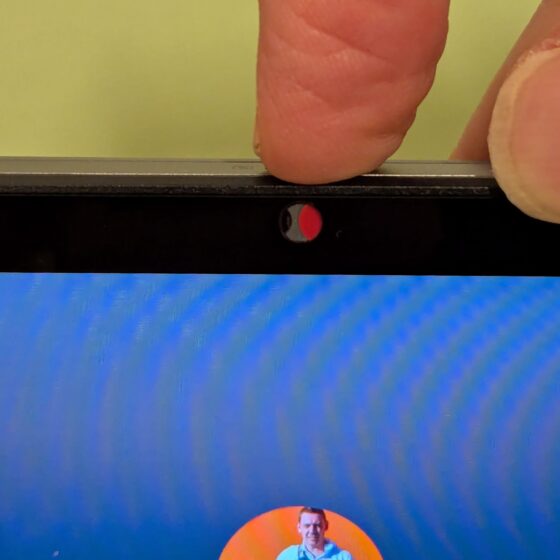
NPU Testing
What about the MediaTek NPU 650, you ask? What is 4 TOPS (apart from four trillion operations per second?) and what does it mean for a user? If it means fast and accurate voice-to-text then OK but I struggle to see where this NPU will make a difference right now. What, within the Chrome browser, will use it? Gemini? Will Android apps be able to use it? Will it turn the Chromebook into a Chromebook Plus Light or will some of the new Plus features simply be disabled?
I have some answers, I believe, that will dissapoint you. As far as Android apps go, there isn’t an implementation of the Google Play API (RTLite) that can use NPUs. This article (August 2024) from Google appear to confirm this.
So, if Android apps built with the Google RTLite API can’t access the NPU, what can? There’s a possibility that some special apps utilise the NPU directly but is that really useful? What about the Gemini app. Surely the Google Gemini app is going to be the first to support an NPU?
Well, it’s more bad news. Gemini isn’t even available on the Snapdragon 7c platform Duet 3 I have here. It is, however, available on the Mediatek Kompanio (Gen9) Duet 11. The problem is that Gemini has a dependancy on the Google app – the entry point to the Google ecosystem for mobile devices – and that’s not available to install. Gemini is available on Chromebook Plus devices.
The other app to test is Photos, which has a ‘magic eraser’ powered by AI. Magic Eraser has been available for some time, and appears on Chromebooks, but it doesn’t appear on either of my Duet 11 devices.
Another option is Chrome itself. Can chrome access the NPU? In theory, yes, but it’s not available by default in stable editions of Chrome. There are some interesting developments though. The Language Detection web platform API is being trialled and can be enabled on Chrome today. Whether there are web apps out there that can use this, I don’t know.
ChromeOS includes some standalone features. The main feature being ‘help me write.’ Initial tests (2 accounts, one in Germany, one in UK) show that the new “help me write” feature is not available. (Version 130.0.6723.126.) As this is a Chromebook Plus feature launched in ChromeOS 130, it’s not surprising.
As it stands today the NPU is not only useless for users, but almost impossible to test.
Note that the Google Recorder app, lunched for all Chromebooks in ChromeOS 130 is not available.
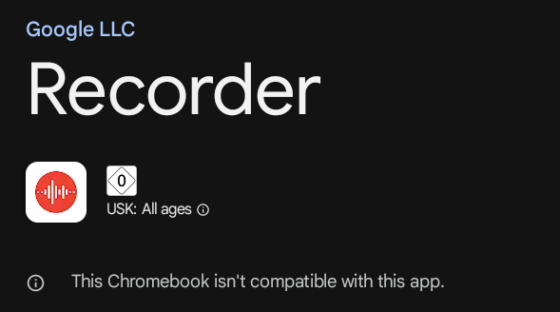
Duet Gen 9 as an office PC
I tested the previous 4Gb Duet 3 for a day in my normal office scenario and it wan’t too far from keeping up with me. The Gen 9 is better, but, again, it’s not quite keeping up with my working scenario.
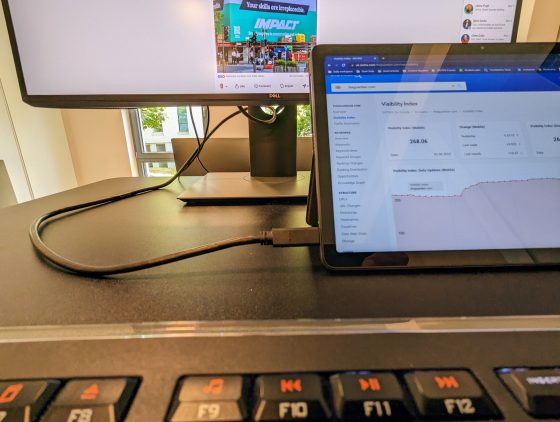
I used the Gen 9 for a full 8 hours in place of my i5 Chromebook and it was noticeably slower. It wasn’t holding me back and often have 20 or more tabs and big Sheets open but it wasn’t working with much headroom. In a test of Google Meet the camera, mics and speakers were all working well together. Software backgrounds weren’t a problem either and I wonder whether the NPU was employed for that. Unfortunately there’s no way to tell but my research suggests not.
There may be a few more interesting productive scenarios too and video encode and decode is one area that I will be looking at. Will there finally be an easy and usable video editing solution using Android apps? I already know that the GoPro app (which I certainly do not rate highly) doesn’t work but there are other solutions. LumaFusion is one that I could test. The 128GB of eMMC 5.1 on-board storage should be enough to pull in some of my GoPro footage for a quick edit and publish but early indications of the eMMC speed aren’t good, at least through Android apps.
Update: Dec 3rd 2024. I spent a full day deep in browser tabs of Google Docs and Google Sheets all day and although I noticed some 31 degrees and 100% CPU load on kicking-off my work this morning (40+ tabs opening at the same time) and full use of the 8GB memory, once everything had loaded it was absolutely plain sailing. Not once did I even notice I was working on a low-end Chromebook. I’m impressed with the way it handled my Sheet work, uploading CSVs, pivot tables and charts.
I logged out, dropped the Duet into my rucksack and here I am, logged into my personal account and carrying on like work never happened on it. I have full confidence that I can take this away for multi-day events, with a 50Wh powerbank, and not need to worry about any sort of charging.
The corporate account I use for my work does not allow Google Play / Android apps to be enabled. I use a 4K screen, external keyboard and mouse, and power from one USB-C cable.
Update: Thanks to Romano1404, on Reddit, I found out that my 4K monitor was only working at 30fps. It’s the same if I use a low-cost USB-C – display port adaptor. Read the detailed thread about external screens and HBR2 and HBR3 on Reddit.
Pen not included
I’m honestly not worried that’s the pen is not included. A touchscreen is important but drawing and writing isn’t for me. (This German model, part number 83HH000NGE, does not come with the pen.)
Thats where i’ll leave it with the pen at the moment.
Weight
There’s a small increases in specified weight. Tablet + Folio Stand + Folio Keyboard come in at 1.101 kg, which is a few hundred grams more than the Duet 3. However, I’ve measured 953 grams on my scales and the tablet part is slightly lighter than the previous model. It’s possible that some of the difference is due to the missing stylus.
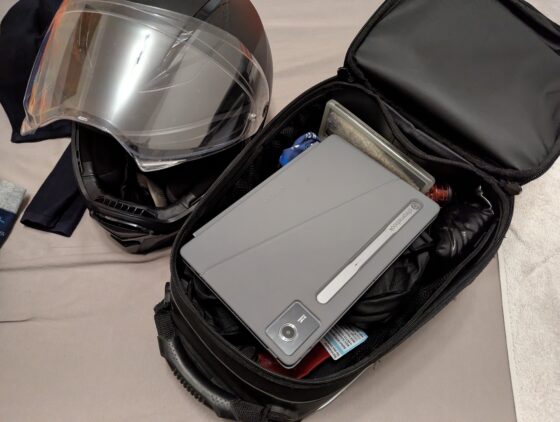
Battery Life
Initial tests indicate more power being used in idle and it’s not because of the screen. Screen-off tests show that 33% more power is needed for WiFi audio streaming. That’s very disappointing but remember that you’re getting more processing power here. In some scenarios, tasks will be done in less time and less power. An initial power drain test using Jetstream 2 indicates this is true and the same could be true of video rendering.
Screen-off battery life. (Active standby. Audio streaming)
These battery life tests give us an idea of the processing and Comms platform efficiency. Measurements were taken using the “Save test details” report built into the Diagnostics menu.

Play subsystem was enabled. Linux subsystem not enabled for these tests.
Stream BBC via website over WiFi.
- Duet 11 (2022):12mah in 5m30s =130mah (962mW = 30hrs battery life)
- Duet 11 (2024): 16mah in 5m30 = 174mah (1.27W = 22.7 hours battery life.)
- 34% more power required for the new model in this scenario. (25% less battery life)
Idle mode (active idle)
No Wifi, screen off, system on, lid closed with no ‘sleep’ mode.) No linux system installed. Play Store active. (Android apps available.)
148ma = 1.1W
This figure is a little disappointing.
Video Playback battery life
In this section I have noted various format types that I have tested. Be aware that ChromeOS currently can’t play unencrypted H.265 files.
H.264 test file on 30% brightness (indoor viewable.) Approx 8mbps 1920×1080 Webm. 13% cpu, 280mA = approx 2.1W = 13.8 hours battery life.
Working battery life
Typing test in WordPress via browser. WiFi on, battery save mode (about 20% screen brightness – bright enough for low-light room working.)
Typing this paragraph and editing in WordPress using ChromeOS 130, with no other apps running represents the maximum you could get out of this for focused writing. The average usage rate was between 200mA and 275mA. (1.48W = 19.59hrs max , 2W = 10hrs minutes). In reality you are likely to be editing images, saving and potentially using a brighter screen. For this test I also pushed the screen brightness up to maximum, which is way too bright for a living-room scenario. This scenario adds about 300mA to the power drain for around 4W of total power. That’s 7.25 hours of usage out of a full battery.
Cr XPRt2 Test
The Duet Gen 9 completed 31 cycles and have a performance score of 106 with a final battery life of 16.02hrs.
The 27.12 wh battery capacity (includes wear) results in 1.69 watts average power.
For reference: my Duet 3 Snapdragon completed 27 cycles and had a performance score of 73. with a final battery life of 13.93 hrs. 26.53 wh battery capacity (includes wear) is 1.90 watts average power.
For reference my Intel Core i5 (2021) HP Chromebook x360 14c-cc0075ng that I use at work completed just 17 cycles with a performance score of 134.5. and a final battery life of 8.93 hrs. The 47.03 wh battery capacity (includes wear) results in 5.27 watts average power.
Gaming
I’ve tested a few racing-style games in full-screen and the CPU load rarely goes above 25%. The power drain rarely above 500mA, which is very low. (3.7W, 7.8h). I will continue to test various games but don’t expect the most extreme tests from me!
Tested: Rally One : Race to Glory, Hill Climb Racing 2,
Speakers, mic and headset port
What have they done? Level 1 speaker volume is too loud on headphones and sounds terribly over-processed for music. Hope that your audio player has a built-in volume adjustment. I’m writing this listening to YouTube Music with the device set at level 1 volume and the app at about 30% and its loud enough. (Low-cost JBL Tune110 in-ear buds.)
Update: OS V131, Dec 12, has fixed this. Also, thanks to matteventu over at Reddit I found out that you can get lower voumes between level one and zero by using a finger on the slider. It’s a but tricky, but it works.
The volume on the main speakers is also loud and at over 50% volume it degrades quickly.
Android App Testing
As time goes on i’ll list the apps that have been successfully used on the Gen 9.
Successful tests so far:
- Youtube Music (works in background with screen off)
- Calimoto (for motorbike route planning, full screen)
- BBRacing2 (touch only)
- Extreme Car Driving Simulator (external screen, keyboard controls. See image below.)
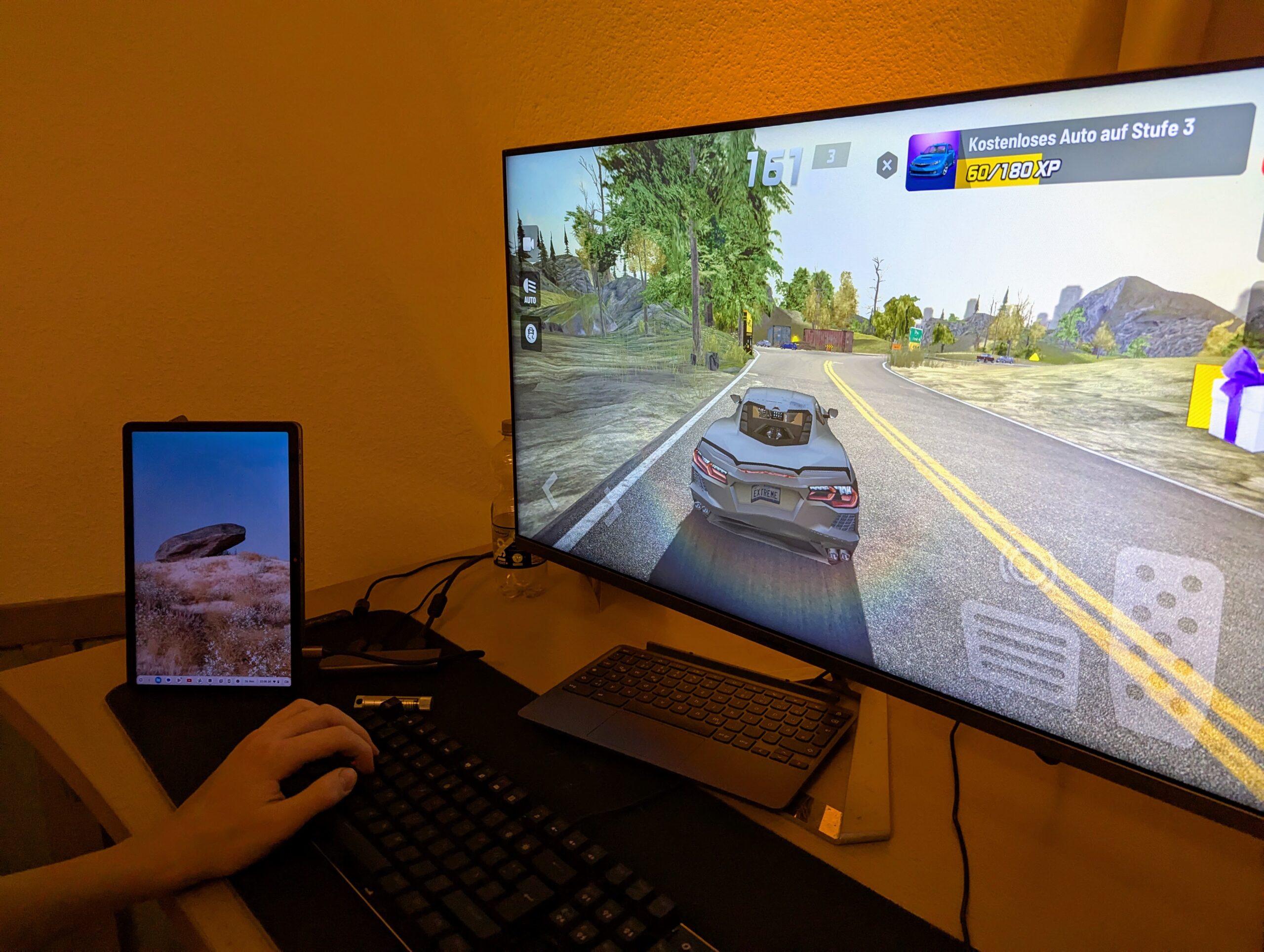
- Rally One : Race to Glory
- Hill Climb Racing 2
Notable apps that aren’t available
- Go Pro Quick
- Google (a pre-requirement of the Gemini app, which does install.)
Browser speed tests
Jetstream 2 – 123.440 (Duet 3 2022 – 98.370)
Speedometer 2 – 97.2
Speedometer 3 – 5.87
WebXPRT4 – 139 (Above expected performance)

Octane V2 – 38709, 41417
Kraken 1.1 – 1102.1 , 1083.0
Browser performance comparison
The video below shows a boot-up test followed by a series of browser tests. Both are done at the same time so you can get a feel for the improvement (or not, in some cases) in the new Kompanio – based Duet.
In most cases the new Duet can be seen to be faster. In some complex websites the difference is more pronounced.
Geekbench 6 results
CPU
- Single 1035
- Multi 2379
GPU
- Vulkan 1869
(OS version 132)
Heat
I don’t think i’ve ever tested such a cool laptop. I mean, cold. Stone cold. During normal browser use I am struggling to detect any heat at all. ChromeOS diagnostics tells me that the CPU temp is not rising about 26 degrees. I’m in a cool indoor environment while I test but I feel that there’s never going to be a heat problem with the Duet 3 gen 9.
Update: In a full-load test, starting up my working day, I registered 31 degrees in diagnostics. I could barely feel any heat on the surfaces of the Duet.
PowerWash, the quick reset ‘panic sequence.’
Don’t forget the quick reset sequence which I have tested and confirmed that it works. The panic sequence will fully clear and reset the Chrombook within 1 minute. This is useful for cleaning the chromebook, security situations and before selling a chromebook and could be useful for journalists.
CTRL-SHIFT-Q-Q is the way to quickly log out of any ChromeOS session and at the login screen you simply use CTRL-ALT-SHIFT-R to start the power-wash process. Confirm the powerwash after the second reset.
On the topic of security I have also confirmed that my USB-C Yubikey works.
Accessories
This shouldn’t be any different from any other Chromebook but I can confirm the following works via USB-C
- External USB-C Speaker
- External USB-C Mic
- Storage via USB, SD card adaptors and various USB SSD drives
- 4G via a LTE / WiFi USB router. (ZTE MF 79, 150Mbps down. Available for just €30.)
- Tip: For a better hotel-room signal, connect this to your power bank and position near a window. Use the built-in WiFi hotspot on this LTE modem to connect to your device. There’s little point in connecting this directly to Chromebook unless you don’t have an external powerbank.
- Network via Pixel 6 (USB tethering). Again, WiFi tethering might be easier.
- 4K monitor via HDMI adaptor
- USB Ethernet adaptor
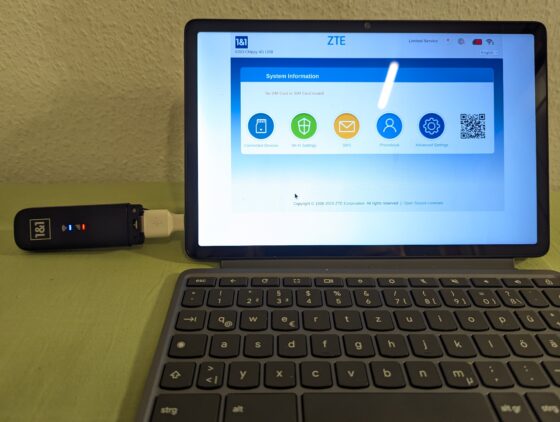
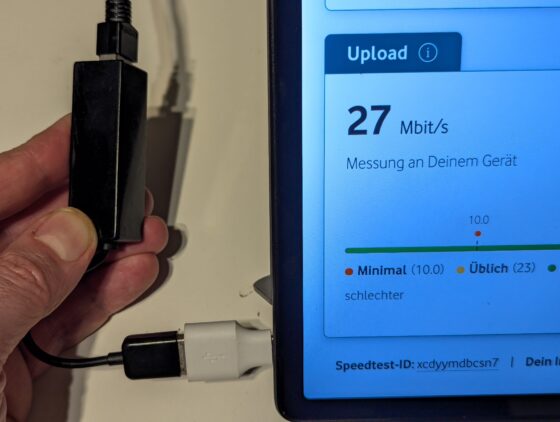
A USB WiFi adaptor didn’t work to provide WiFi on the Duet although it did appear as a network connection in settings.
Summary
The new Lenovo Duet 11 will become a core part of my mobile creators kit and my travelling carry, but it’s not going to be perfect as there’s still room for improvement. It’s great value for money though and I recommend it for travellers, mobile writers, anyone wanting to test a Chromebook for the first time and those looking for the most efficient PC solution.
Pros
- Great value for money
- Quality screen with a better working colour
- Highly efficient platform
- Just enough processing power for the average user
- Fanless and cool running
- Under 1KG / 2.2 pounds
- Keyboard and mouse work well, as does the touchscreen
Cons
- Less efficient than the previous model
- Camera is for document scanning, not photography
- Not a great step-up from the previous model
- No obvious use for the NPU at this stage (Chrome OS 130)
- No backlit keyboard
- No 5G cellular option
- Keyboard does not work in portrait mode
- Mediatek 1380 version not available
Full specifications, Lenovo Chromebook Duet Gen 9 (11M889)
- CPU: MediaTek Kompanio 838 (8C, 2x A78 @2.6GHz + 6x A55 @2.0GHz)
- NPU: Integrated MediaTek NPU 650, up to 4 TOPS
- Graphics: Integrated Arm Mali-G57 MC3 GPU
- Storage: 128GB eMMC 5.1 soldered
- RAM: 8GB LPDDR4x-3733 soldered
- Fanless design
- Cameras: Front 5.0MP with mechanical privacy shutter / Rear 8.0MP
- Stereo speakers, 1W x2, optimized with Waves MaxxAudio
- Screen: 10.95″ WUXGA (1920×1200) IPS 400nits Glossy / Anti-fingerprint, 72% NTSC, 60Hz, Gorilla® Glass 3, TÜV Low Blue Light,
- Touchscreen: In-cell, 10-point Multi-touch
- Mic: 2x Array
- Battery:Integrated 29Wh
- Power Adapter: 45W USB-C (German model.)
- Ports: 2 x USB-C 3.2 Gen1²1. 3.5mm Audio/Microphone Combo Jack
- Tablet: 255.37 x 166.92 x 7.6 mm (10.05 x 6.57 x 0.29 inches)
- Folio Stand: 255.37 x 166.92 x 3.2 mm (10.05 x 6.57 x 0.13 inches)
- Tablet + Folio Stand + Folio Keyboard: 273.92 x 173.72 x 21.05 mm (10.78 x 6.84 x 0.83 inches)
- Tablet weight: starting at 510 g (1.12 lbs)
- Folio Stand weight: starting at 159 g (0.35 lbs)
- Tablet + Folio Stand + Folio Keyboard weight: starting at 1.101 kg (2.43 lbs.) Measured at 953 gm.
- Wi-Fi® 6, 802.11ax 2×2 + BT5.3 MediaTek Wi-Fi® 6 MT7921.
- MIL-STD-810H military test passed
- Fanless: Yes
- Pen compatibility: USI Pen supported.
Images
